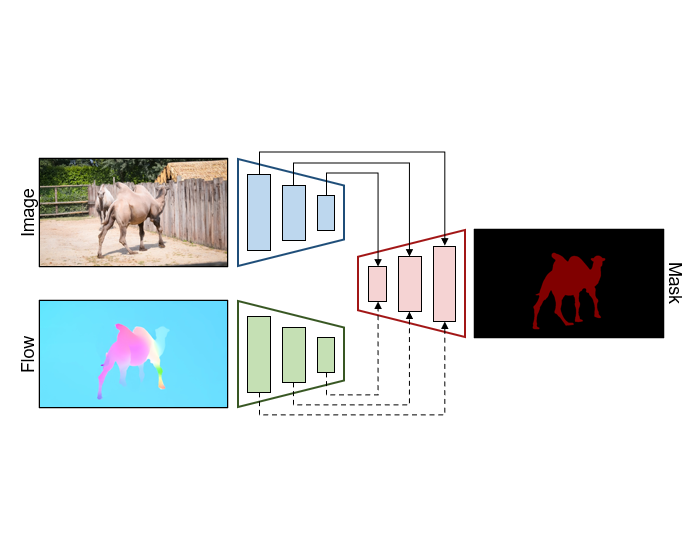Treating Motion as Option to Reduce Motion Dependency in Unsupervised Video Object Segmentation
Unsupervised video object segmentation (VOS) aims to detect the most salient object in a video sequence at the pixel level. In unsupervised VOS, most state-of-the-art methods leverage motion cues obtained from optical flow maps in addition to appearance cues to exploit the property that salient objects usually have distinctive movements compared to the background. However, as they are overly dependent on motion cues, which may be unreliable in some cases, they cannot achieve stable prediction. To reduce this motion dependency of existing two-stream VOS methods, we propose a novel motion-as-option network that optionally utilizes motion cues. Additionally, to fully exploit the property of the proposed network that motion is not always required, we introduce a collaborative network learning strategy. On all the public benchmark datasets, our proposed network affords state-of-the-art performance with real-time inference speed.
PDF Abstract










 DAVIS
DAVIS
 DUTS
DUTS
 DAVIS 2016
DAVIS 2016
 FBMS
FBMS
